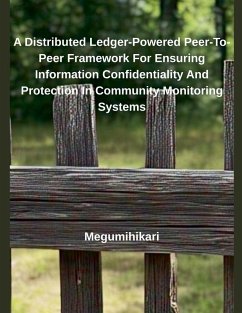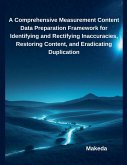Internet of Things (IoT) technologies have improved our ability to detect and comprehend our physical environment due to the quick spread of wireless sensor devices. The use of fixed sensing technology similar to wireless sensor networks has taken the base stage as the primary method of data collection for the conventional IoT [1]. This traditional approach to data collection typically needs help to meet a range of data collection requirements in real-world settings. The creation of novel, previously unexplored data collection techniques are urgently needed. Mobile end devices like smartphones and iPads have proliferated recently and are now widely used in everyday life. With their sensing, computing, and storage capabilities, these endpoints can take the place of typical fixed IoT sensors to gather more sensing data for actual applications. Therefore, MCS [2] is a ground breaking IoT sensing paradigm based on potent IoT sensors and enormous collections of sensor data embedded in mobile devices. Furthermore, sensing data typically contains privacy data such as user information and location. It expresses concern that malicious users of the crowdsensing model could exploit and reveal user privacy. For example, MCS has emerged as a significant paradigm involving ubiquitous sensors embedded in mobile devices [3]. Users, devices, and centralized service providers are all involved in the typical MCS model, which creates a triangular framework. Data requesters can quickly obtain a "big picture" of the target area of their MCS application without incurring high deployment costs by combining the data obtained from mobile users in each subarea.
Bitte wählen Sie Ihr Anliegen aus.
Rechnungen
Retourenschein anfordern
Bestellstatus
Storno









